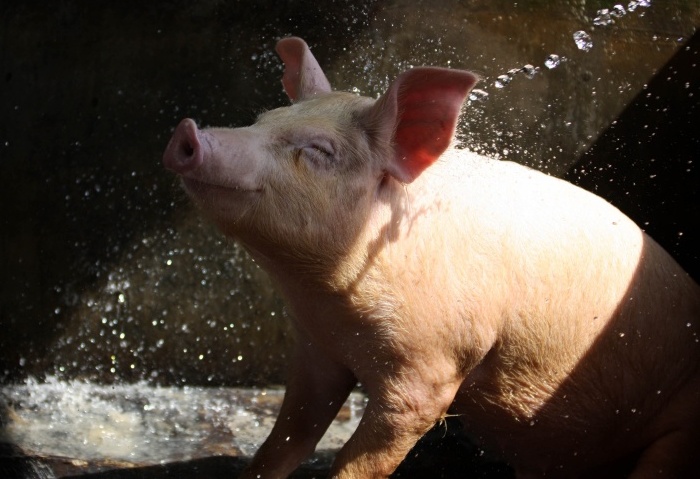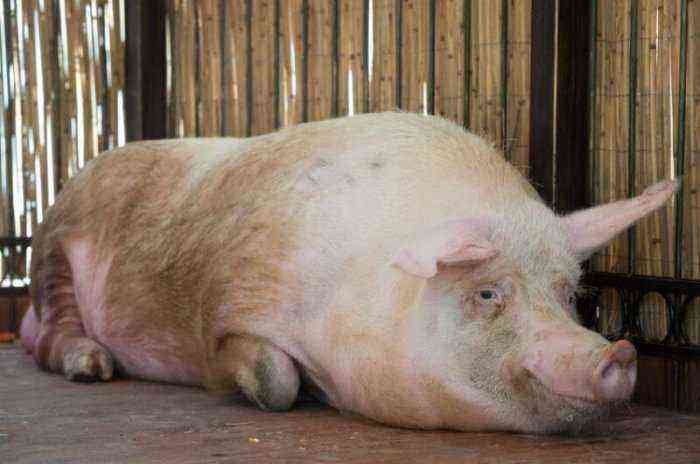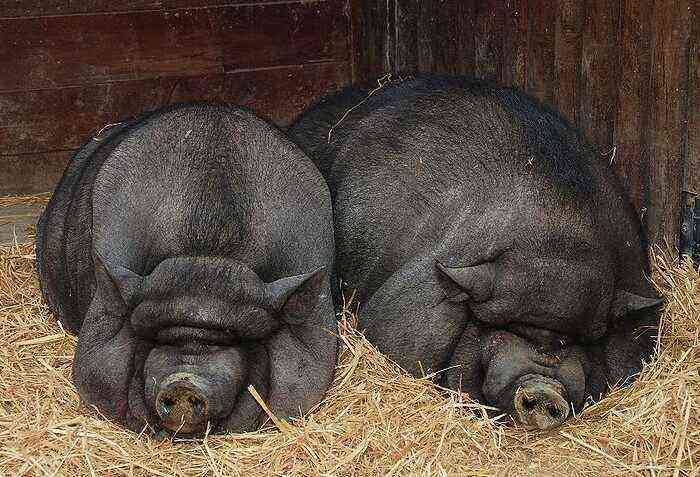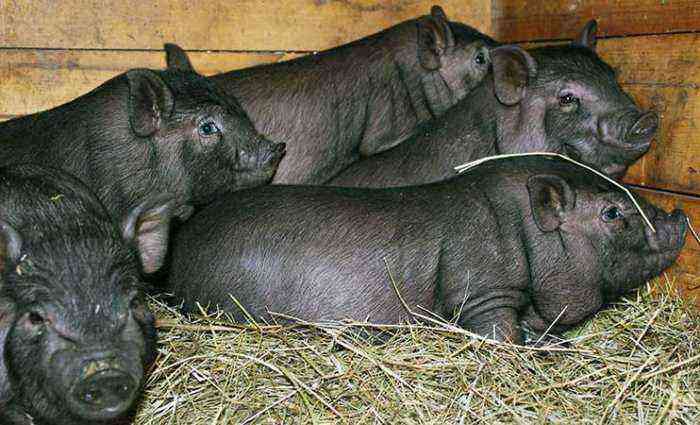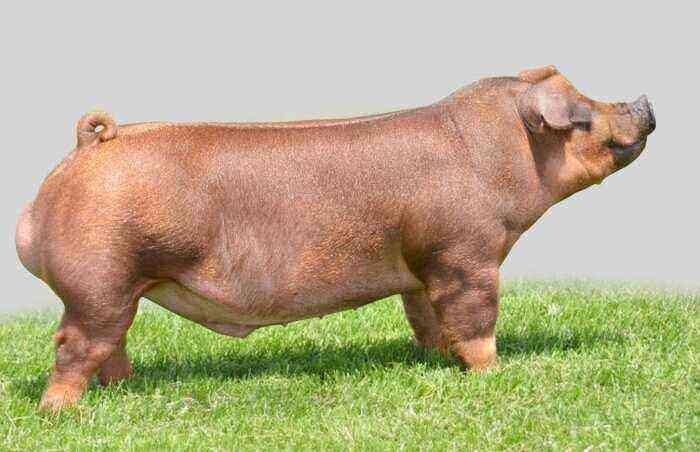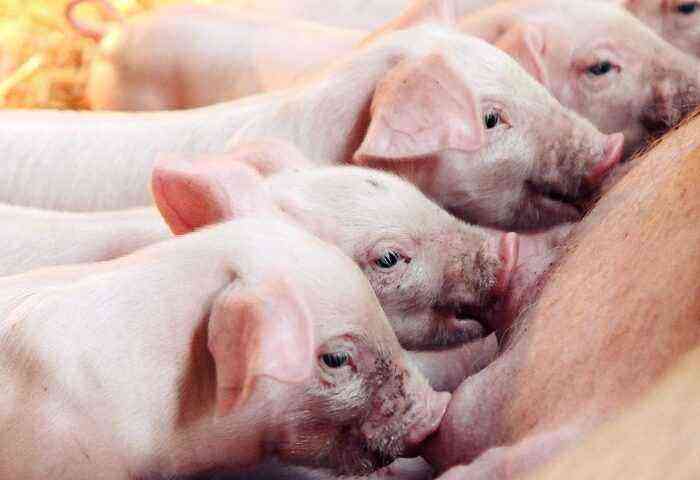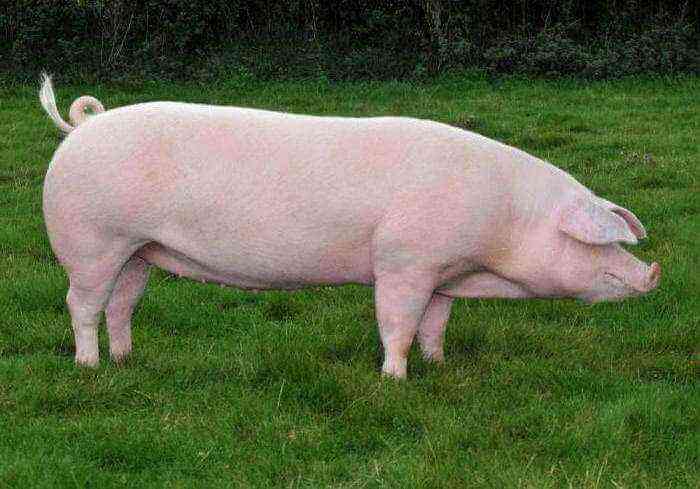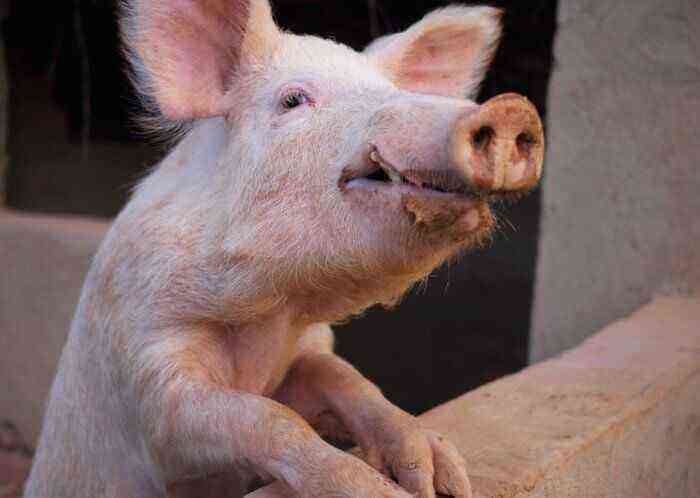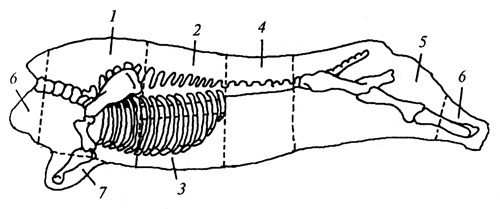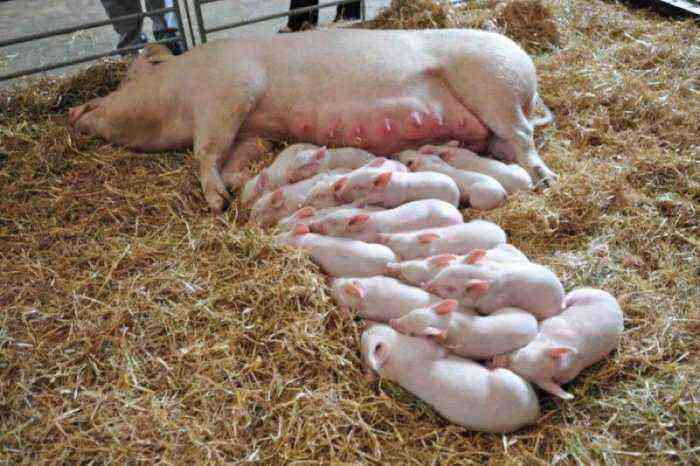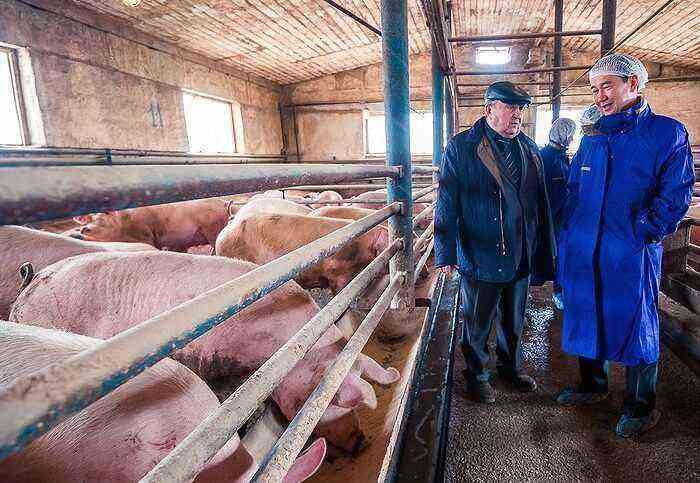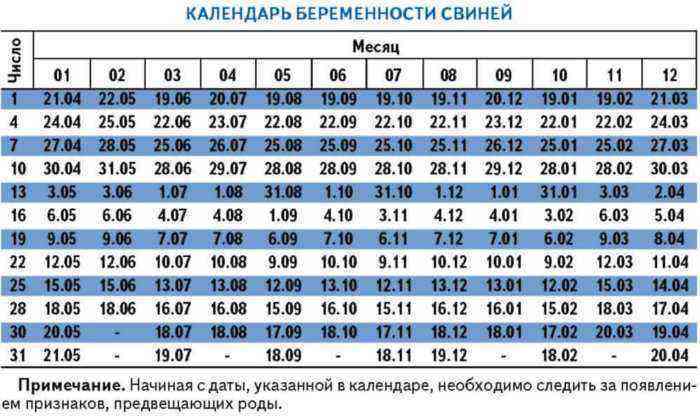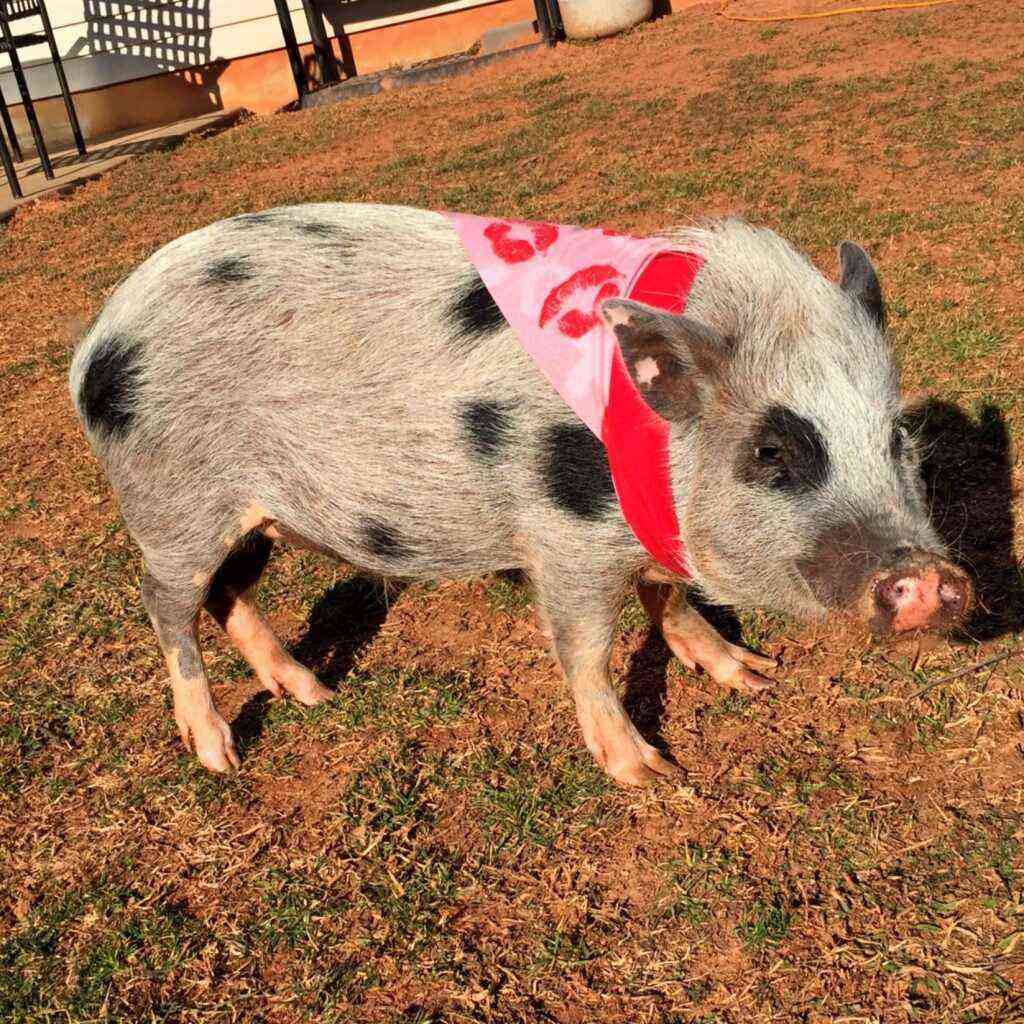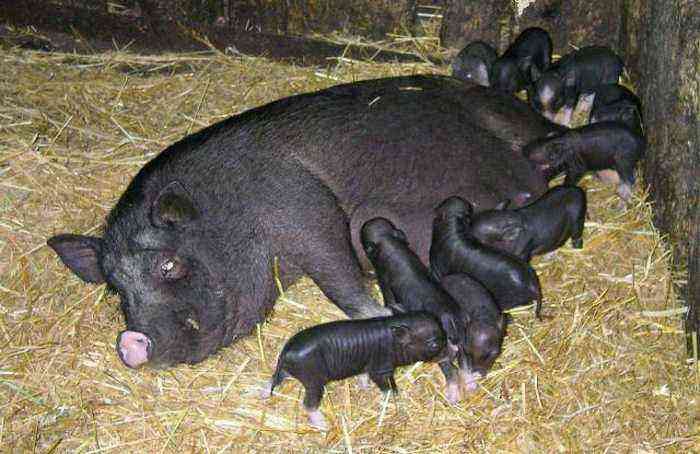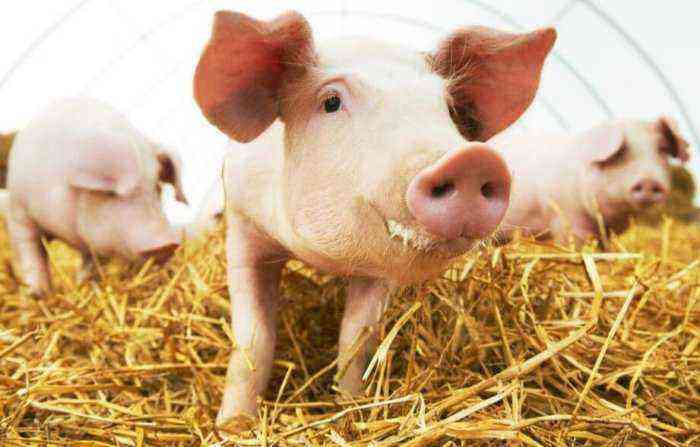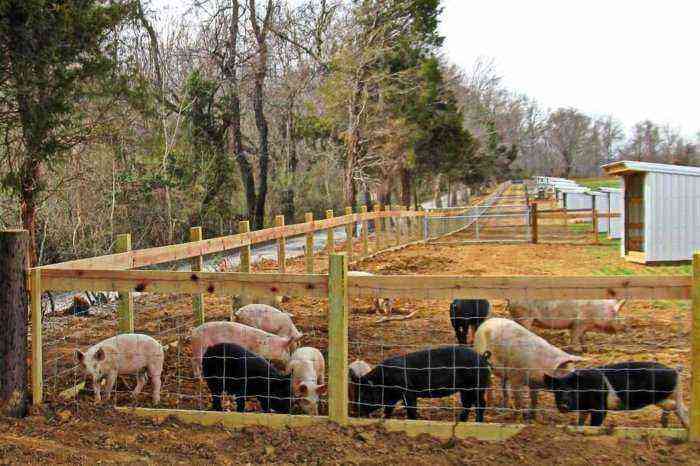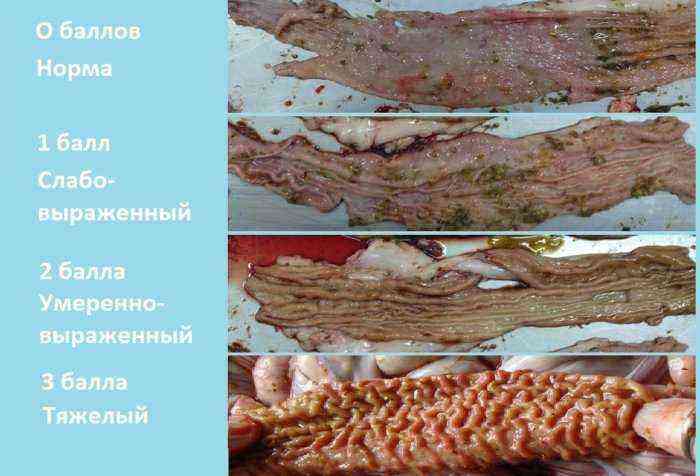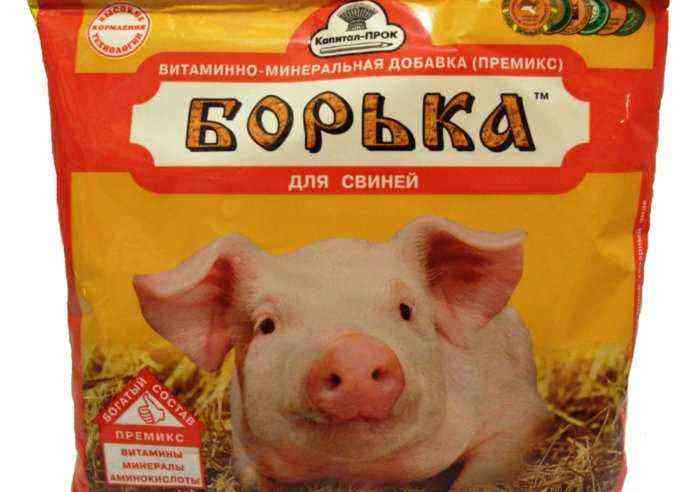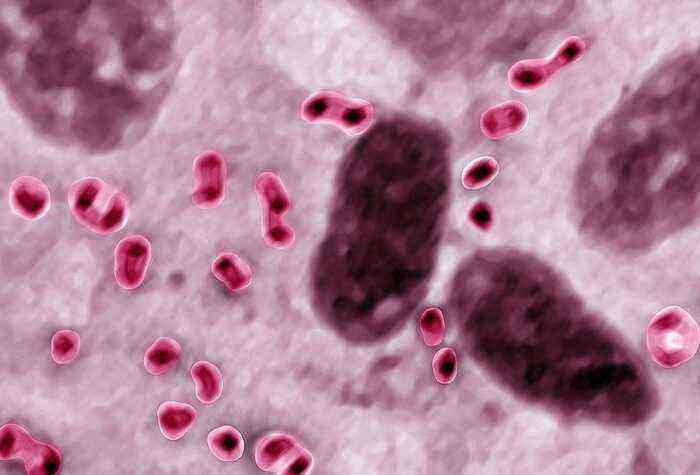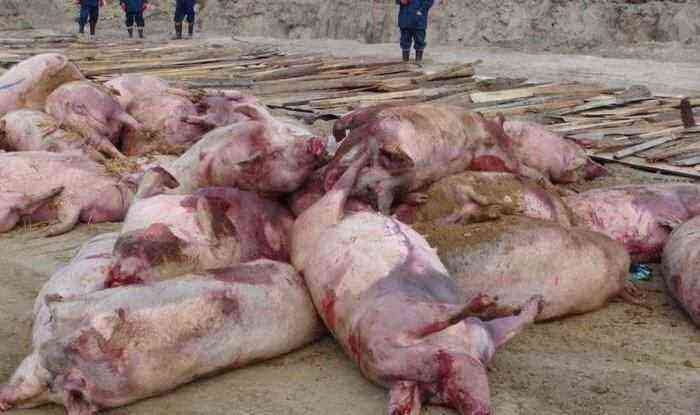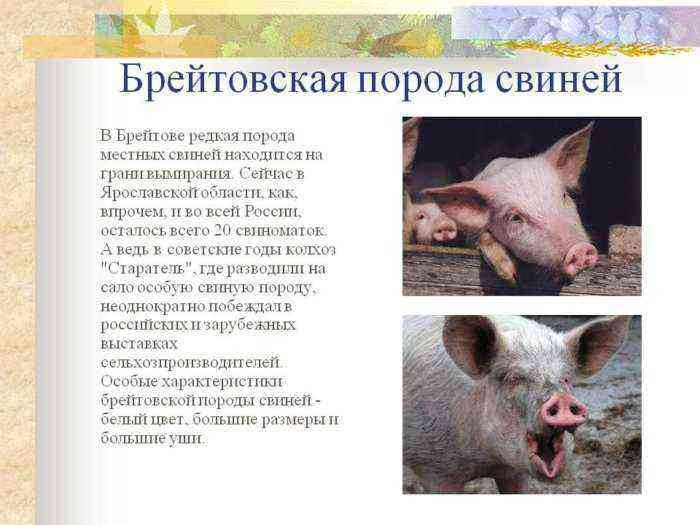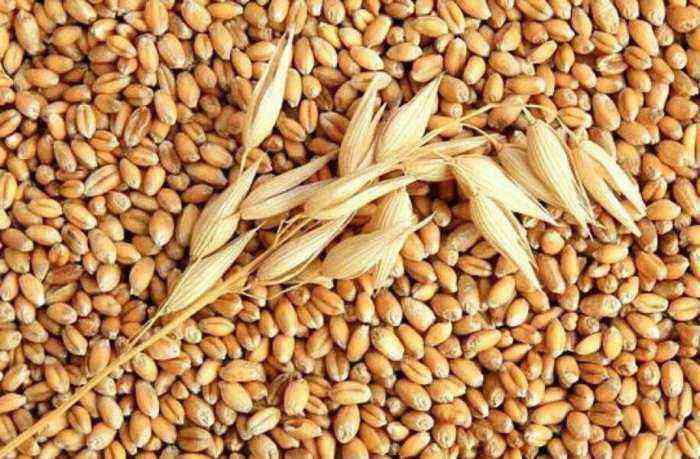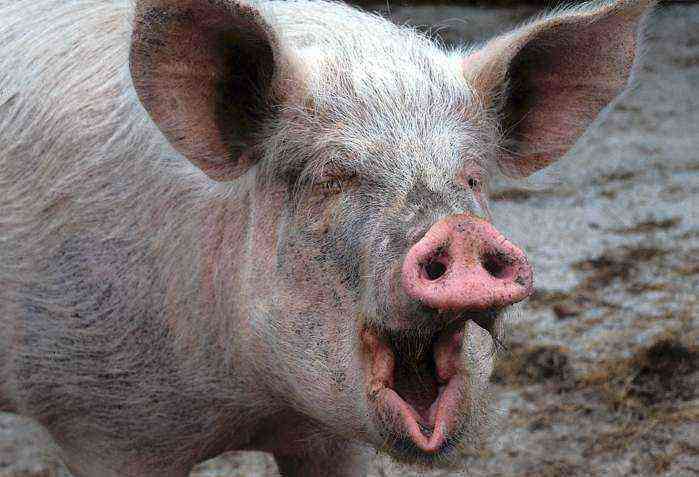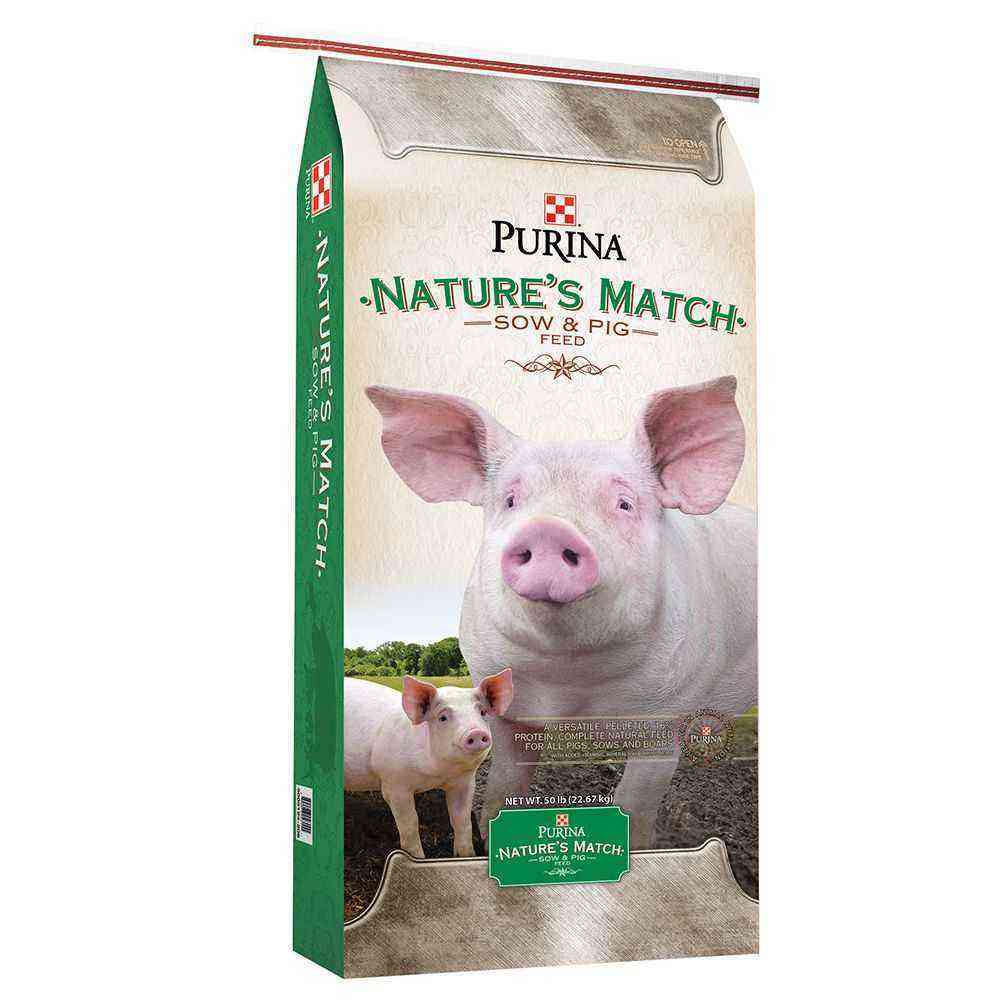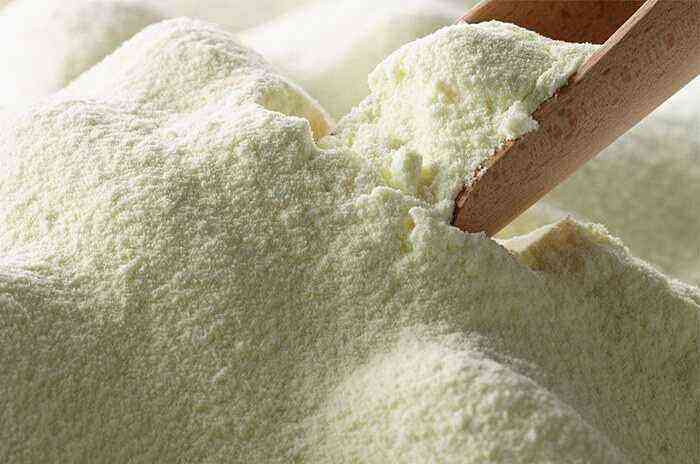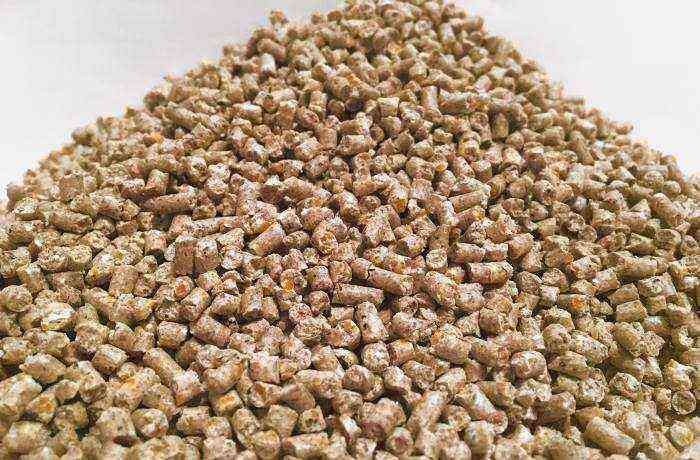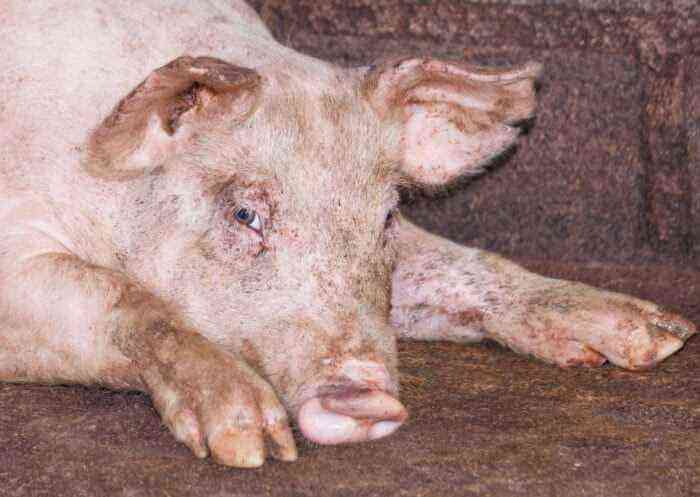Often, various ectoparasites live on the body of pigs. The most common of these are lice. They cause a disease – hematopinosis. Any individual, whether it is an adult or a larva, feeds on the blood of the animal on which it has settled. Parasites live on the body for about a month. Of these, the larval stage takes 2 weeks. Being in the environment without a “host” parasites can live up to 2 months. The most common victims of lice are the breed of white pigs. One parasite will not bring any visible harm, but a large number can bring not only discomfort, but also serious diseases. Lice in pigs settle on the ears, in the folds of the neck and in other tender and soft areas of the body.
Louse
Types of porcine ectoparasites
Ectoparasites are insects that feed on blood and live on the body or in the hair of an animal. The most famous pig parasites are:
- Pig louse causing pediculosis. It has a light brown color with a size of 5-7 mm.
- Pork eel infects pigs with demodicosis.
- The scabies mite gives the animal scabies.
Signs of infection
The development of pediculosis in pigs occurs quite quickly, so it is very important to notice the parasites at the initial stage. The longer lice live on the body of an animal, the more they affect the body of their “master”.
If a small number of parasites live on the body of an animal, then this can only be traced visually. After examining the skin and ears, you can find egg clutches. When there are a lot of parasites, it will begin to bring inconvenience to the pig. The pig will become restless, appetite will decrease, which will affect weight loss. In places of bites, the animal will be bothered by an itchy burning sensation, which will make you rub against something to stop the itching. Such actions will lead to injuries of the skin.
Itching disturbs animals
Treatment with folk remedies
Before you start treating a pig, it is necessary to isolate it from healthy animals. Combing out lice will be quite enough for a small pig so as not to injure the body with chemical means. On the farm, farmers have long figured out their methods of dealing with parasites.
- The most popular folk remedy for lice in pigs is kerosene. When treating the skin of a small piglet, vegetable oil is added to kerosene, in a ratio of 1: 1. This will help protect the piglet’s skin from burns, from exposure to kerosene.
- A mixture of tar with green soap works very effectively. It is necessary to dilute 100 grams of tar and 10 grams of soap per liter of hot water.
Important! Despite the excellent effectiveness of these methods, it is worth remembering that only parasites living on the body are destroyed, this has nothing to do with eggs. It is mandatory to carry out a secondary treatment of animals, 7-10 days after the first. It is highly recommended to treat healthy animals.
Prevention
The best prevention is the cleanliness of the room where the animals are. To create unfavorable conditions for lice, namely: to light the room well and not to allow moisture in it. Periodically it is necessary to inspect pigs, even if the animals seem to be absolutely healthy. The larvae do not cause any harm, but if they are detected immediately, further injury and suffering to the pig can be avoided.
Prevention of infection
Even ordinary lice can cause very severe harm to a living being. They are carriers of many diseases and are quite capable of infecting not one pig, but the entire livestock. To prevent such a problem, it is very important to carry out preventive measures for the treatment of ectoparasites. Timely observation or treatment will help save livestock from injury and disease.

